|
Antonio Veniero, was born near Sorrento in 1870 and arrived in New York when he was a wide-eyed teen at 15 years old. Young Antonio then went to work in a candy factory. As his skills--and wallet--grew, he bought the building on East 11th Street and in 1894 began producing his own handmade confectionery. When customers asked for other treats and refreshments, he began offering espresso and biscotti. The rest is history... one of the best Italian-American pastry shops was born.
After having just celebrated their 129th year in business, the Veniero family still owns and operates this Manhattan gem. Veniero’s Pasticceria and Caffe 342 East 11th Street (between 2nd and 1st Avenues) New York, NY 10003 Phone: 212-674-7264 --Jerry Finzi The Padule di Fucecchio is the largest Italian swamp. Containing about 8 square miles, it is located on the border of Pistoia and Florence provinces. The territory represents a remarkable tourist attraction, for both bird watching and nature photography and is a draw for local duck hunters.
 If you love flowers, especially flowering vines, then Italy is the place for you. The flowering season is long and dazzling displays are everywhere, from the northern regions all the way down the Boot to Puglia, Sicily and Sardinia. Early spring is best to see the wisteria displays, but don't worry, there are many types of flowers that grow all through the season, such as the amazing tropical bougainvillea. The grow up and around houses, seemingly in an attempt to swallow them up completely. The balcony gardens are another pleasure to see when Voyaging throughout Italy. So, bring your camera, your pastels or watercolors and take in the scents of Fioritura Italia... You may also want to see Creating a Hanging Italian Wall Garden. --GVI
During these days of uncertainty, fear, frustration and fatigue, it's often the little things that bring a smile to our faces... In this case, I was sitting down for a midday snack, mindlessly peeling a clementine as I was tuning into a YouTube travel video, when I looked down and saw I had peeled the skin into a perfectly beautiful star.
Look for the little things and build from there. Hoping you are all well... --Jerry Finzi Pearl Street shops, 1908. (491 Pearl Street)
Grocery store, with proprietress in doorway, Cigar, Tobacco and Candy Shop and a Restaurant with sandwiches, pies, cakes, coffee and milk. In the early 20th century, this type of taxi call box system might be considered the world's first Uber. And yes... it's a Fiat.
The word taxi can find its roots in the Medieval Latin word taxa, which means a tax or charge for a service. In the 16th century, Philip of Burgundy tasked postmasters Franz von Taxis and Johann Baptiste von Taxis with instituting a fast and reliable postal service to move letters (but not people) throughout the countries of Europe. It's amazing to think that the word taxi is understood by most of the world's population--regardless of the language spoken--to mean a method of moving people from one place to another by car, motorcycle, rickshaw, bicycle or boat. --GVI "I used to know this man who used both sides of his brain. He painted my picture and taught me to believe in science.
I do believe in science and facts based on evidence, so I wear a mask, use hand-sanitizer and keep my distance from others. Since I became Signora Presidente, I will make a good example and tell others to do the same. Stai a casa! Andrà tutto bene!" In the ancient world, the palm frond was a symbol of victory, triumph, peace, and eternal life originating, especially in the Near East and around the Mediterranean. The use of palms on Palm Sunday (La Domenica delle Palme in Italy), commemorates Jesus Christ's triumphal entry into Jerusalem, as foretold by the prophet Zechariah. People cut branches from palm trees, laid them across Jesus' path and waved them in the air as he entered Jerusalem the week before his crucifixion and death. They greeted Jesus not as the spiritual Messiah who would take away the sins of the world, but as a potential political leader who would overthrow the Romans. They shouted "Hosanna, blessed is he who comes in the name of the Lord, even the King of Israel!" Every Palm Sunday when I was a child, my sisters and I would come home after mass with palm fronds and while my mother made the Sunday Sugo, we would turn them into crosses, hearts or other shapes. The best would be hung on the top of the door to our apartment or in between the two kitchen windows. My Mother would also place one next to her statue of the Madonna in her bedroom. Our creations were never as good or elaborate as some of the examples here. Happy Palm Sunday, tutti. Stay safe. Have faith. --Jerry Finzi, GVI "The next day the large crowd that had come to the feast heard that
Jesus was coming to Jerusalem. 13 So they took branches of palm trees and went out to meet him, crying out, “Hosanna! Blessed is he who comes in the name of the Lord, even the King of Israel!” And Jesus found a young donkey and sat on it, just as it is written, 'Fear not, daughter of Zion; behold, your king is coming, sitting on a donkey's colt!' ” Many of us who love Italy have probably seen this photo many times... "The American Girl in Italy" by Ruth Orkin. Taken in 1951, it appears to be a candid shot of a pretty girl being taunted with catcalls as she walks down a street in Florence, perpetuating the stereotype of the Italian sexist male wolf and the female as an object. Still others today (including the object of the photo, American art student and model, Jinkx Allen) claim it illustrates female empowerment. Most think of it as a shot in the style of Cartier-Bresson or Brassai or even André Kertész. Being a professional photographer my entire life, I feel obliged to give my strong opinions on this image... The young woman in the photo is 23 year old Jinx Allen (aka Ninalee Craig in her later life). Allen had done the unthinkable in the early 1950s--quitting her job and boarding a ship to Europe with her third class ticket, and traveling to France, Spain and Italy unaccompanied. During her travels she met 29 year old photographer, Ruth Orkin. Orkin was born the daughter of Hollywood silent film star and led a fairly privileged life early on. She had dreams of becoming a cinematographer, which never panned out. In 1943 she attempted to start a career in New York as a photojournalist, but instead became a nightclub photographer, shooting pics of luminaries out on the town. Because of her growing portfolio of celebrities, she started doing assignments for Ladies Home Journal, Look and the New York Times. Most of her work was following celebrities around with a camera and the occasional portrait. While in Italy, she met Craig and began taking shots of her in various, planned scenarios on the streets of Florence. The working concept for Orkin's shoot was "Don't Be Afraid to Travel Alone", a visual story of a woman traveling alone in Italy. She went into the shoot planning the shots along the way. Although Craig claimed that this was not a staged photo, in a 2011 interview with TODAY she also admits they were just "horsing around" (honest photojournalists of the day didn't horse around to get shots). She also said that "...Ruth Orkin was wise enough to ask me to turn around and go back and repeat the walk", adding that there were only two shots taken of the famous scene. Think about this a second... Orkin's model was told to walk through the men hanging out on the corner--a six foot tall, beautiful American girl dressed stylishly struts through the scene. After her first shot, Orkin told Craig to do it again. Now, these guys would really get into the scene, checking out and making comments (more than likely, in the poetic style of the Italian male --"Che bellissima!" as she sashayed, runway style, flaunting herself a second time. This is not photojournalism, where a photographer blends into the scene, often with small 35mm camera held discretely, waiting for the reality of the street to form into the perfect moment. That moment is not planned. “I just walk around, observing the subject from various angles until the picture elements arrange themselves into a composition that pleases my eye.” – André Kertész I have been primarily a studio commercial photographer my whole career, creating scenes purposefully for clients to illustrate their products or services, so I know it when I see it. We built sets, decorated them, had artificial lighting, makeup artists and stylists and assistants. Everything was planned. I've even done my fair share of fashion and beauty photography--and often had to create such "candid-looking" images in public places (like on a busy Seventh Avenue sidewalk, or on a Manhattan pier), making things look natural, as if the scene was just captured, photojournalist style. But it was all fake. The models had to repeat their movements perhaps dozens of times to get the perfect shot--walk-throughs, jumps, "natural" laughter, etc. On the other hand, when I've had photojournalist assignments, nothing was planned, nothing was fake. Everything I captured with my lens was happening in front of me. My job was to capture a moment of reality--never to stage it. In the American Girl photo, I would venture to guess that the more famous image from this shoot was the second one. Definitely staged. In fact, I would suggest that anyone with a critical eye looking at the entirety of her "Don’t Be Afraid to Travel Alone" self-assignment series can easily see these are all staged, all using her new found comrade, Jinx Allen (aka Ninalee Craig) as a pretend model in each scenario... instead of doing the REAL work of a photojournalist and spending hours, days or weeks looking for the real women traveling solo through Italy and capturing them as they carry on normally during their voyages. To me, photography is the simultaneous recognition, in a fraction of a second, of the significance of an event. --Cartier-Bresson As Orkin's daughter tells it, her mother said to Craig, “Come on,” she said, “let's go out and shoot pictures of what it’s really like.” And as her mother described the shoot, "In the morning, while the Italian women were inside preparing lunch, Jinx gawked at statues, asked Military officials for directions, fumbled with lire and flirted in cafes, while my mother photographed her." Really? Flirting to get a reaction and a shot? Is this what traveling alone as a woman in the 1950s was "really like"? This was a commercial shoot. It's the way illustration photographers handle their jobs. A client comes up with a concept and the photographer creates scenes to illustrate the concept. This image has little to do with TRUE photojournalism. In this profession, the ONLY thing the photojournalist controls is the moment he or she presses the shutter, capturing what they witness in the world in front of their lens. Even today, when roaming around the streets and alleys and countryside of Italy, there is always reality to capture through the lens' of our cameras. I always keep in mind what our GVI mascot, la Bocca della Verita stands for, Truth. --Jerry Finzi “I don't invent anything....
I think that it is by capturing reality in the humblest, most sincere, most everyday way I can, that I can penetrate to the extraordinary.” --Brassaï |
Categories
All
Archives
January 2024
|












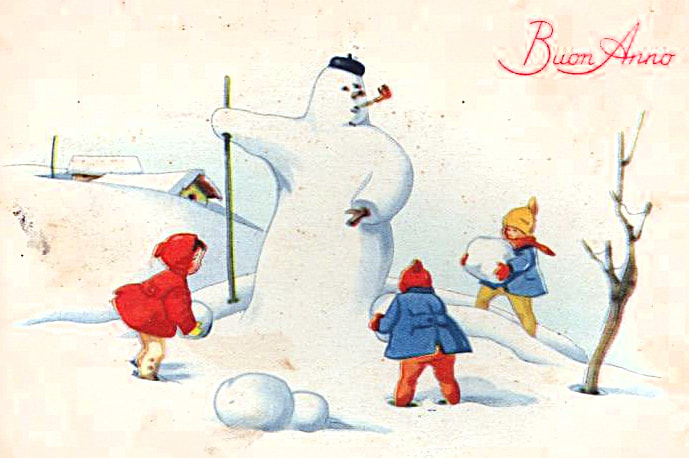




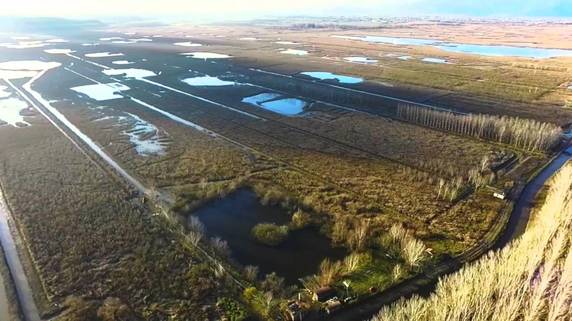












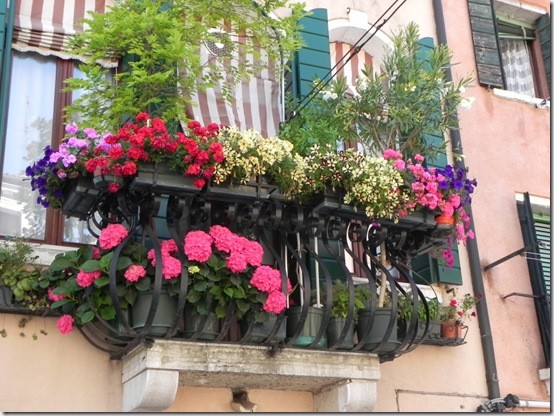

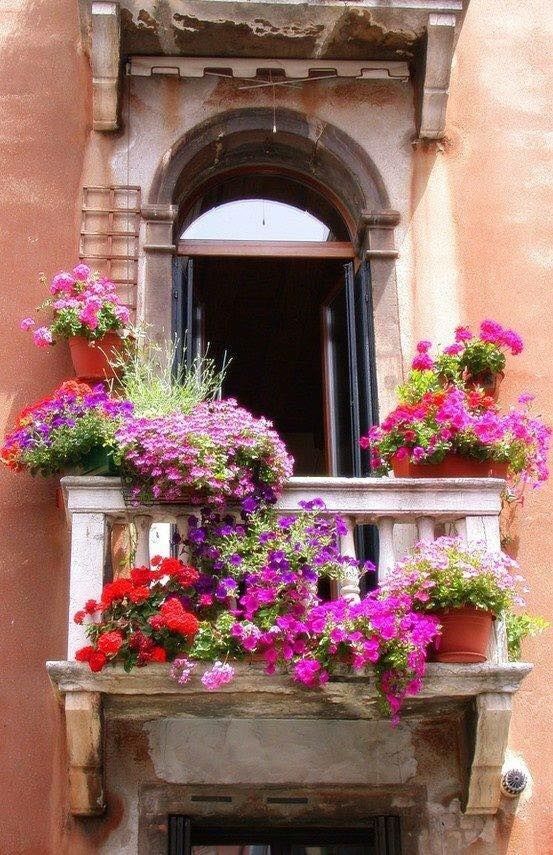








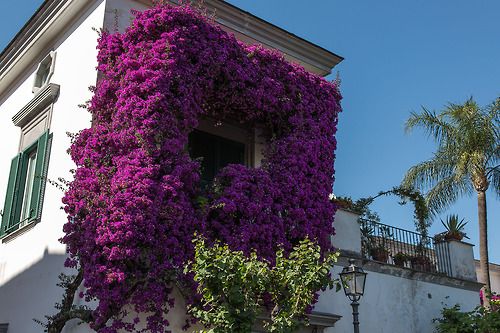

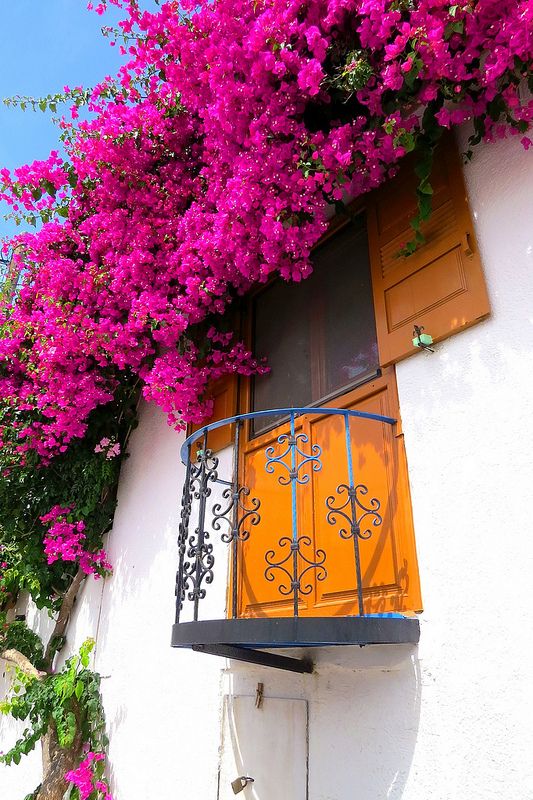
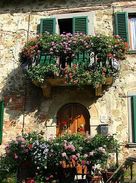


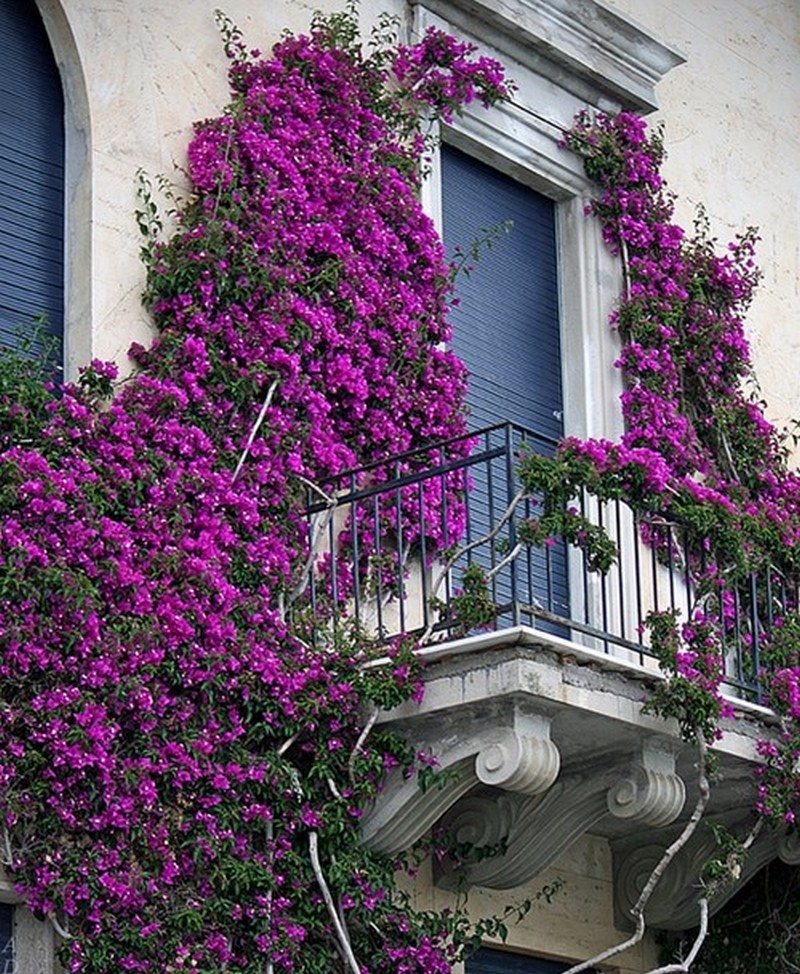











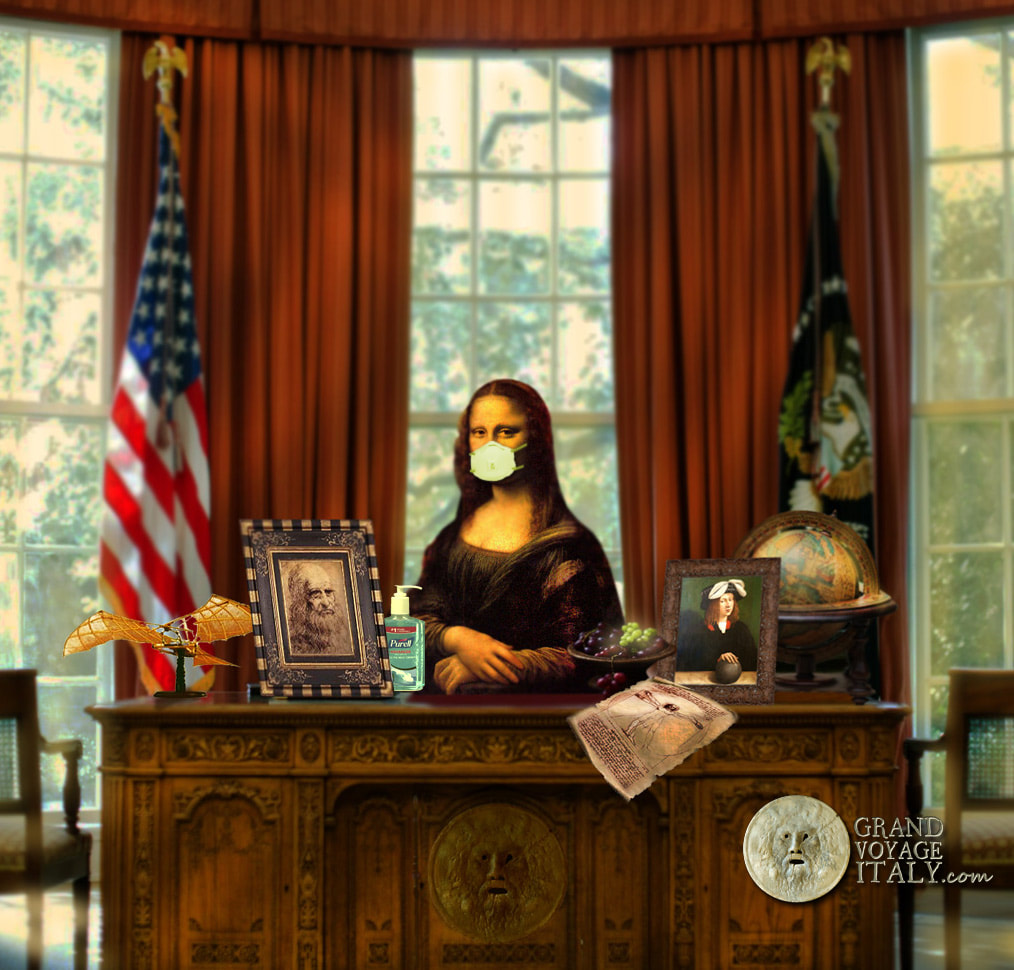










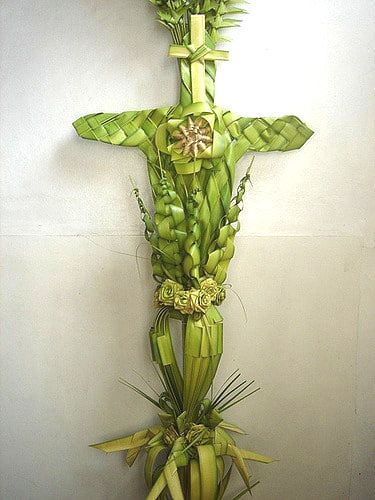



 RSS Feed
RSS Feed
